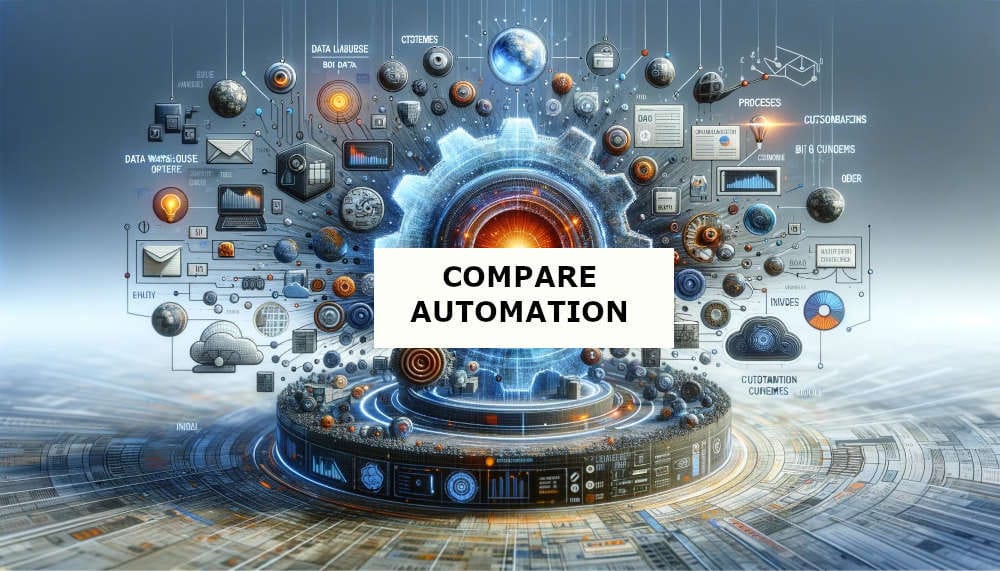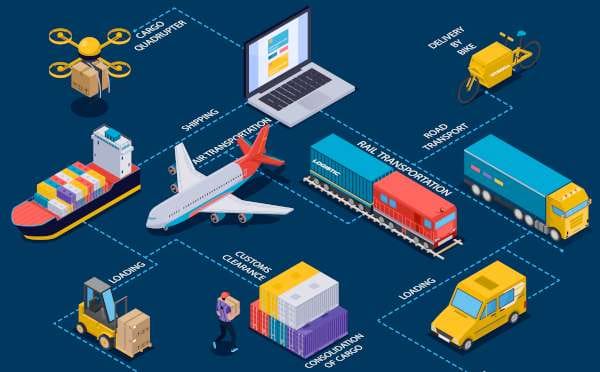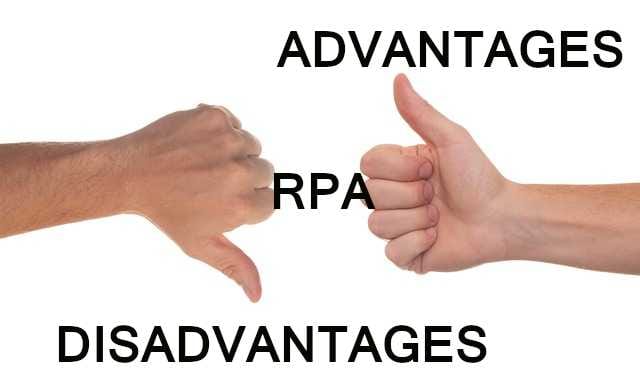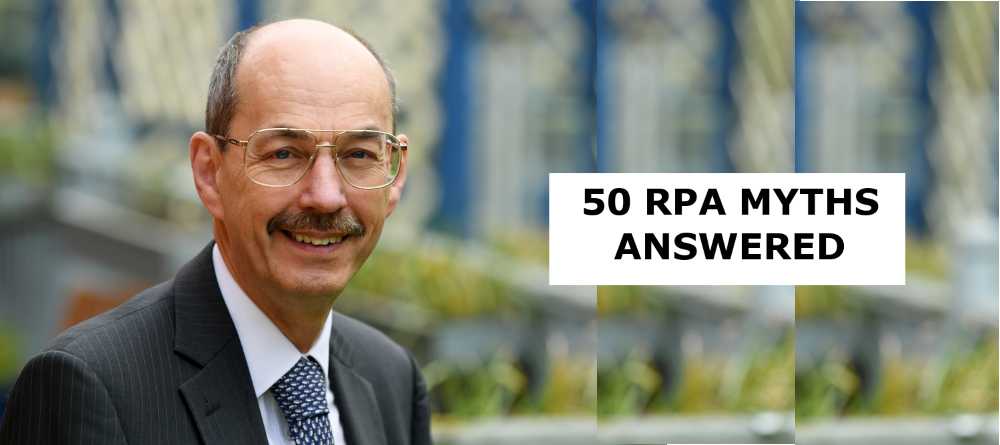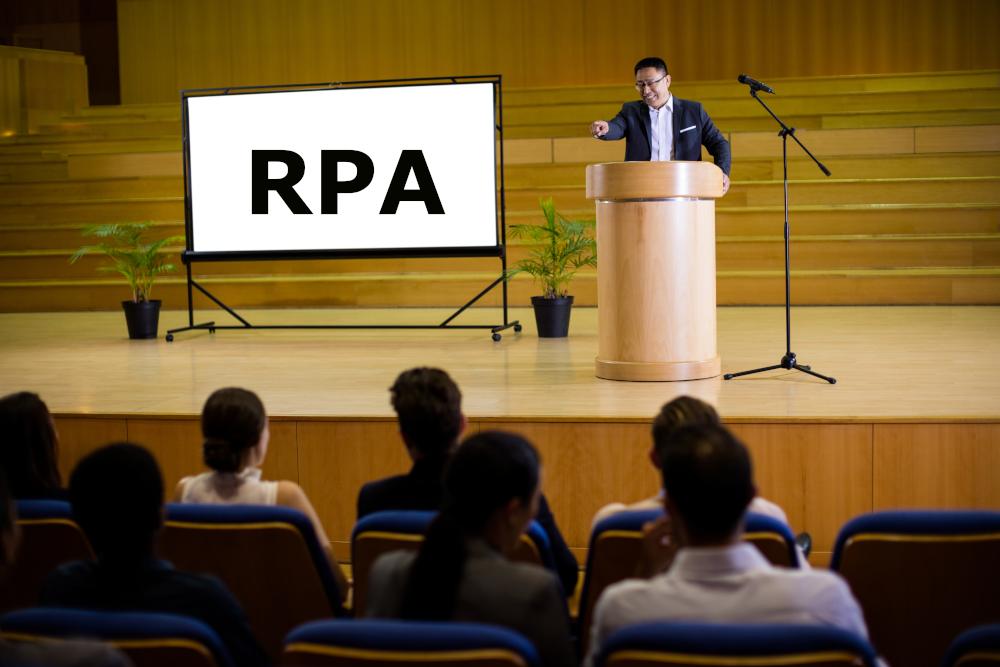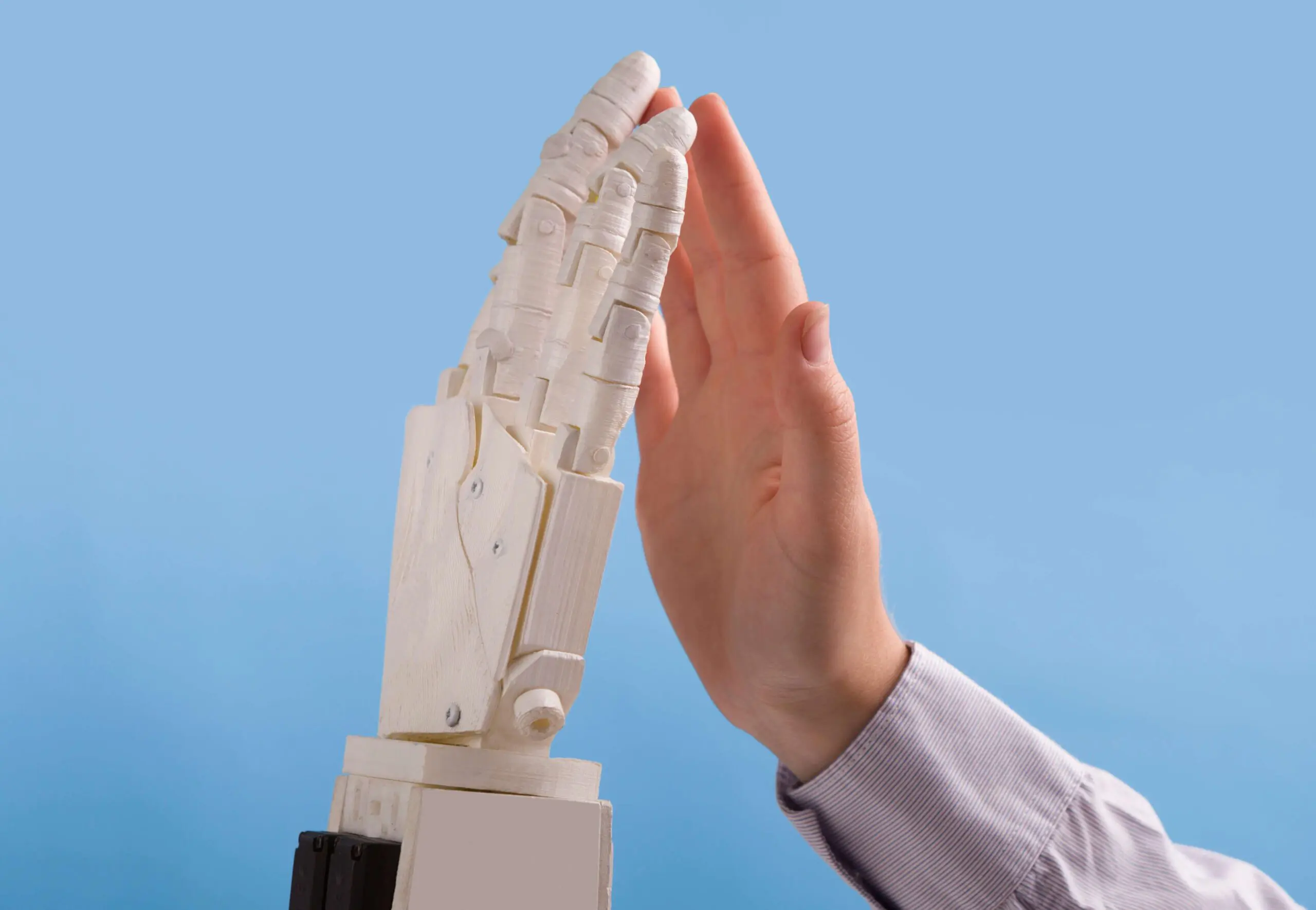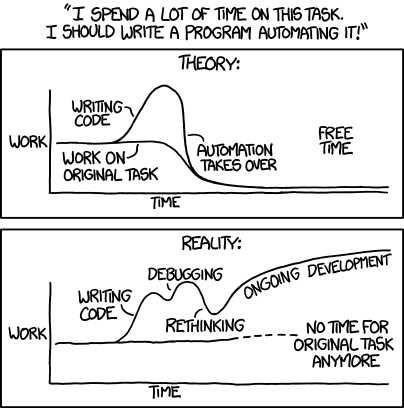UiPath Inc.
UiPath Inc. are market leaders in the supply of Robotic Process Automation (RPA) software.
The company is referred to as UiPath.
Ether Solutions are a UiPath partner.
Ether Solutions builds UiPath robot automations and configures UiPath Orchestration software to implement RPA solutions for clients.
Ether Solutions is an authorised Reseller of UiPath Licences.
What can be automated?
UiPath software robots can be created to interact with web pages (e.g. web sites, Salesforce, Workday, ServiceNow, Oracle), desktop applications (e.g. MS Office, Email, PDF) and Citrix interfaces to applications such as SAP, as well legacy “Green Screen” applications on mainframes, RS 6000 and AS/400.
Ether Solutions works with clients to identify processes that are suitable for RPA and uses its technical skills to build the robot automations.
UiPath implementations range from a single robot performing a discrete task to hundreds of robots working together in an orchestrated operation to process thousands of tasks at an enterprise scale. The software is flexible and by using proven designs can be implemented in a variety of different ways.
Why UiPath software robots?
There are a number of leading RPA tools available in the market such as Automation Anywhere, Blue Prism, Kofax Kapow, NICE, PegaSystems, UiPath and WorkFusion. The leading industry analysts such as Gartner and Forrester rate the products slightly differently but both agree that UiPath is one of the major players globally and consistently recognised as part of the top three technologies.
With Ether Solutions only working with UiPath, it removes the distraction of RPA vendor decisions which enables full focus on the automation needs of the customer. Ether Solutions concentrate on how to best design, build, scale and maintain that automation for long term customer benefit.
Ether Solutions has dedicated effort to learning, working with and implementing of UiPath’s RPA platform to gain deep knowledge and understanding, rather than spreading resources across multiple technologies.
UiPath has expanded its product range beyond the core RPA technology to also include “Process Discovery” and “Test Automation” software. Ether Solutions remains focussed on the core RPA technology as this delivers the biggest benefit for most clients considering automation.
The development of the RPA core technology has progressed beyond the original software robots to include integration capabilities as well as “Low Code” development of web applications functionality. These enhancements provide the breath of solution required by some businesses.
Is AI part of the solution?
UiPath has made extensive use of AI within its core RPA technology. The ability to extract data from documents with “Document Understanding” and the ability to “Understand Intent” from emails are two areas where the AI functionality has been extensively used.
UiPath has an architecture which is open. This allows the usage of AI models, AI functionality and Machine Learning (ML) features from third party providers.
Ether Solutions heritage with document management deployments continues to provide a detailed understanding about document challenges and how the UiPath technology can be effectively utilised for a high quality solution.
Deploying a UiPath Solution
Once the concept of an RPA solution has been considered, thoughts will progress to the technical environments which might be required (e.g. Development, Test, Production) and the architecture of UiPath to deliver the operation.
With some knowledge of the process to be automated, the potential UiPath Licence requirements can be thought about which will then enable an ROI Calculation to be estimated.
If there is a candidate process being considered for automation please contact us to chat about a solution or send us details of the process so that we can provide a quote to build the automation.
More than technology
When contemplating an RPA solution it is more than just the technology which needs to be considered. A programme of activity needs to be defined which encompasses People, Process and the Technology. Ether Solutions has developed its 90 Day Automation method to provide a guidance on the creation of a programme.
Need results fast?
Ether Solutions has developed an automation for a process and deployed it into Production in 14 days elapsed from the initial discussion. Of course the scenario can vary for every client and many of the factors depend upon the priorities for the project.
To help build awareness of RPA technology and the opportunity it presents for a business, Ether Solutions provides a Directors Briefing document that can enable discussions across a company.
Why use a UiPath partner?
UiPath Inc is a global software company with its HQ in New York, USA. It has operations in many countries which are intended to serve global enterprise clients who have complex needs. For national and mid-market businesses UiPath has a network of partners who deliver the services and resell the UiPath licences. Ether Solutions has been a long standing partner in the UK and is exclusively focussed on UiPath.


